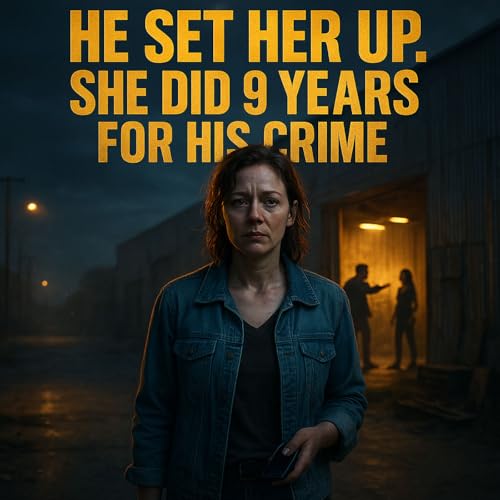
The Murder Tape Khronicles | True Crime Secrets Unveiled
Échec de l'ajout au panier.
Échec de l'ajout à la liste d'envies.
Échec de la suppression de la liste d’envies.
Échec du suivi du balado
Ne plus suivre le balado a échoué
-
Narrateur(s):
À propos de cet audio
Hosted by Joe & Ryan, The Murder Tape Khronicles unveils true crime narratives that dive deep into the shadows of corruption, conspiracy, and murder. This isn't just another true crime podcast & audiobook — it's a relentless, investigative journey into the stories the system tried to bury. 🔎 What You’ll Hear: Unsolved mysteries and cold cases that defy logic Deep dives into corruption, scandal, and cover-ups Chilling stories of serial killers, hidden crime scenes, and suppressed forensic evidence Cinematic storytelling that blends fact-based reporting with edge-of-your-seat suspense First-hand accounts and investigative journalism that cuts through the lies Examinations of criminal justice failures, elite protection rings, and twisted human nature Shocking truths behind murder, financial fraud, and institutional betrayal🎙️ Why Listeners Stay Hooked: From eerie piano studios that echo with bloodshed to sleepy towns hiding dark histories, Joe & Ryan reveal the truth no one else dares to tell.
10X Pod Group-
 Nov 16 202512 min
Nov 16 202512 minÉchec de l'ajout au panier.
Veuillez réessayer plus tardÉchec de l'ajout à la liste d'envies.
Veuillez réessayer plus tardÉchec de la suppression de la liste d’envies.
Veuillez réessayer plus tardÉchec du suivi du balado
Ne plus suivre le balado a échoué
-
 Nov 16 20258 min
Nov 16 20258 minÉchec de l'ajout au panier.
Veuillez réessayer plus tardÉchec de l'ajout à la liste d'envies.
Veuillez réessayer plus tardÉchec de la suppression de la liste d’envies.
Veuillez réessayer plus tardÉchec du suivi du balado
Ne plus suivre le balado a échoué
-
 Nov 16 20258 min
Nov 16 20258 minÉchec de l'ajout au panier.
Veuillez réessayer plus tardÉchec de l'ajout à la liste d'envies.
Veuillez réessayer plus tardÉchec de la suppression de la liste d’envies.
Veuillez réessayer plus tardÉchec du suivi du balado
Ne plus suivre le balado a échoué


